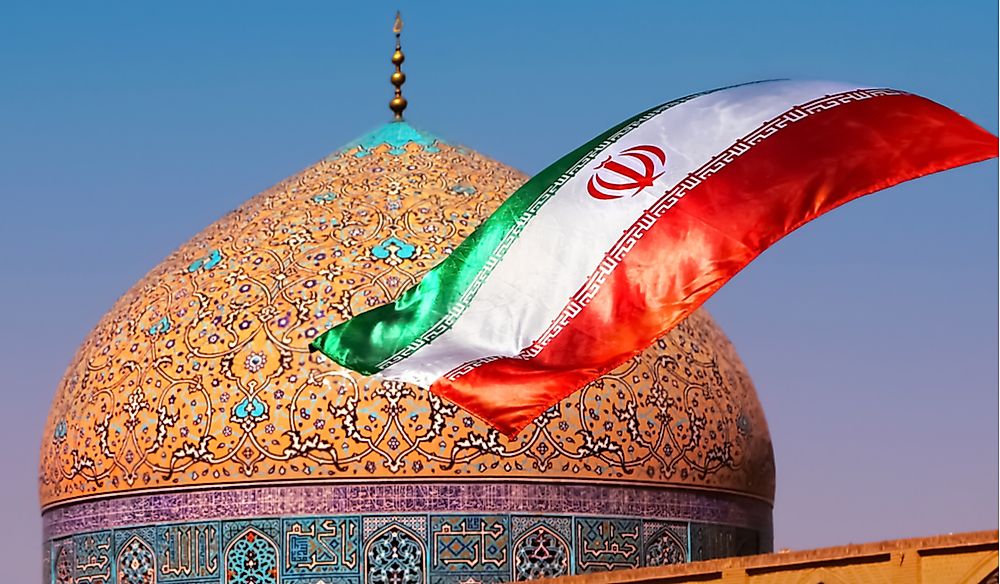What Is An Islamic Republic?

An Islamic Republic is a form of government which is based on Islamic laws and religious beliefs. Although this type of political system operates as an elected republic, it is also governed according to Islamic laws. Government representatives are elected by their constituents to address traditional political matters, such as economic, trade, and military issues, but also to ensure that all members of the domestic population obey strict Muslim laws. There are currently four officially recognized Islamic Republics in the world: Iran, Afghanistan, Pakistan, and Mauritania. Geographically, Iran is located in the Middle East, while Afghanistan (Asia), Pakistan (Asia), and Mauritania (Africa) are considered to be part of the Greater Middle East.
Defining an Islamic Republic
Just as there are many sects of Islam, such as Sunni, Shia, and Ahmadiyya, there are also a variety of practical and political interpretations regarding what it means to be an Islamic republic. Many Muslims believe that this particular form of government represents a middle ground between a strictly religiously based government and a more secular political system. In accordance with this definition of an Islamic republic, a nation's criminal law is dictated by strict adherence to religious law.
Books of Islamic Laws
Also known as Sharia law, Islamic laws are based on the Quran and the Hadith. These sacred texts contain the words and teachings of the Prophet Muhammad. The Quran is the central religious book of the Muslim faith and is believed to be a revelation from Allah (God) as communicated to Muhammad. Followers of the Muslim faith subscribe to the belief that the Quran, which is composed of 114 chapters and is said to have been written over a period of twenty-three years, provides divine guidance from Allah to Muhammad through the angel Gabriel. The Hadith features a literary record of the words, deeds, and life of Muhammad, the founder of Islam.
Islamic Republics of the World
Pakistan
Pakistan is the oldest of the Islamic republics, adding the adjective "Islamic" to its constitution in 1956. The flag of Pakistan, known as the Flag of the Crescent and Star, is dark green in color. The green, along with the crescent and star, are representative of the Islamic religion and the largely Muslim population of the country.
Mauritania
Mauritania is located in northwestern Africa and has a long and storied past, one which has included serving as a French colony, authoritarian rule, a variety of military coups, and democratic elections. The country became an Islamic republic in 1958. The flag of Mauritania also features the color green as well as a crescent moon and star, representing the importance of the Islamic religion in the country.
Iran
Iran became an Islamic republic soon after the 1979 Iranian Revolution. Ruhollah Khomeini, also known as Ayatollah Khomeini, established this system of government and ruled as its Supreme Leader from 1979 until 1989. The flag of Iran features a stylized version of the Arabic word "Allah" (the National Emblem) as well as the takbir repeated eleven times. The takbir is an Arabic phrase which translates to "God is the greatest."
Afghanistan
Afghanistan is governed by a political system made up of an executive, legislative, and judicial branches, and its national assembly consists of two chambers, the House of the Elders and the House of the People. Afghanistan became an Islamic republic in 2004, following the end of government rule by the Taliban. The flag of Afghanistan features the National Emblem which includes a mosque with a mihrab (indicates the direction of the Kaaba in Mecca) and the shahadah, one of the Five Pillars of Islam.











